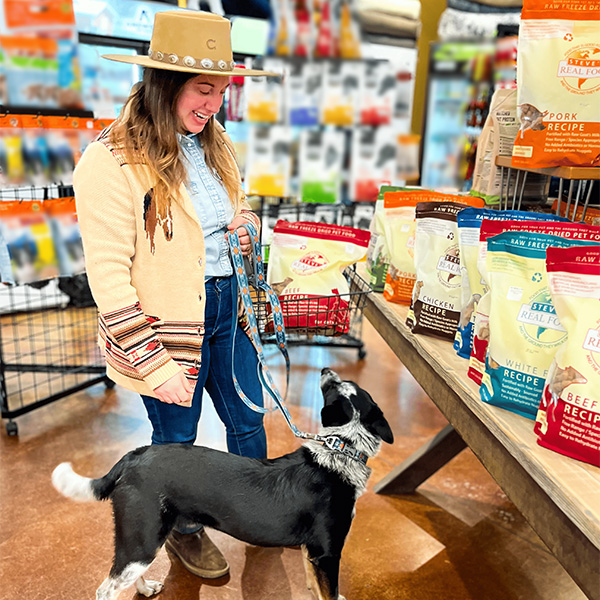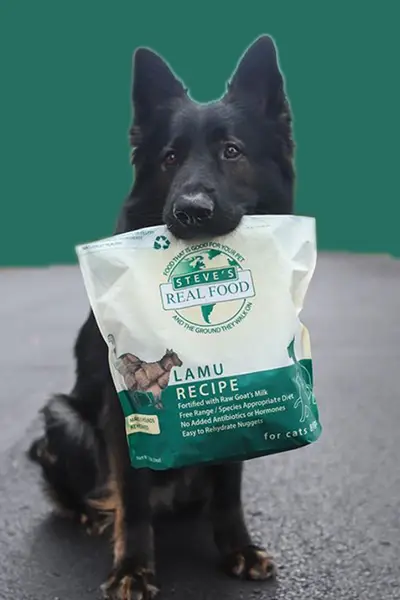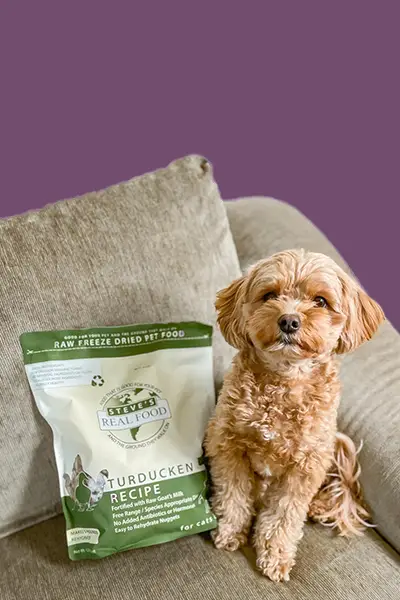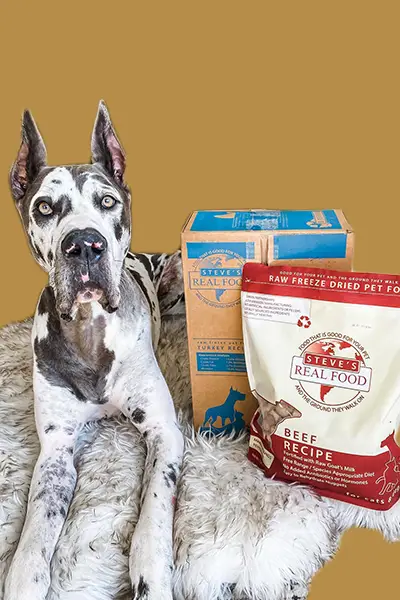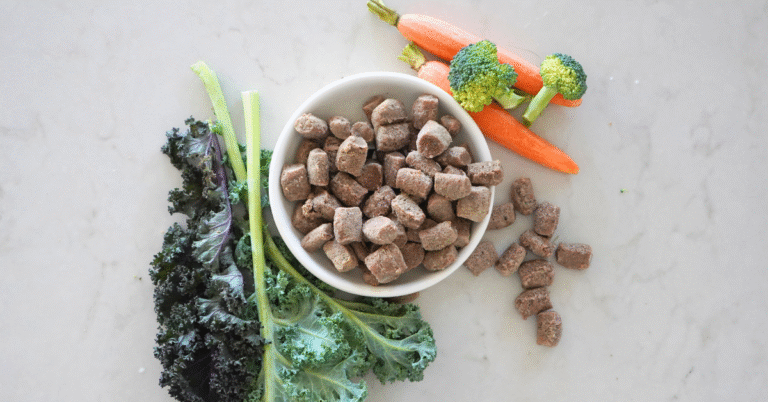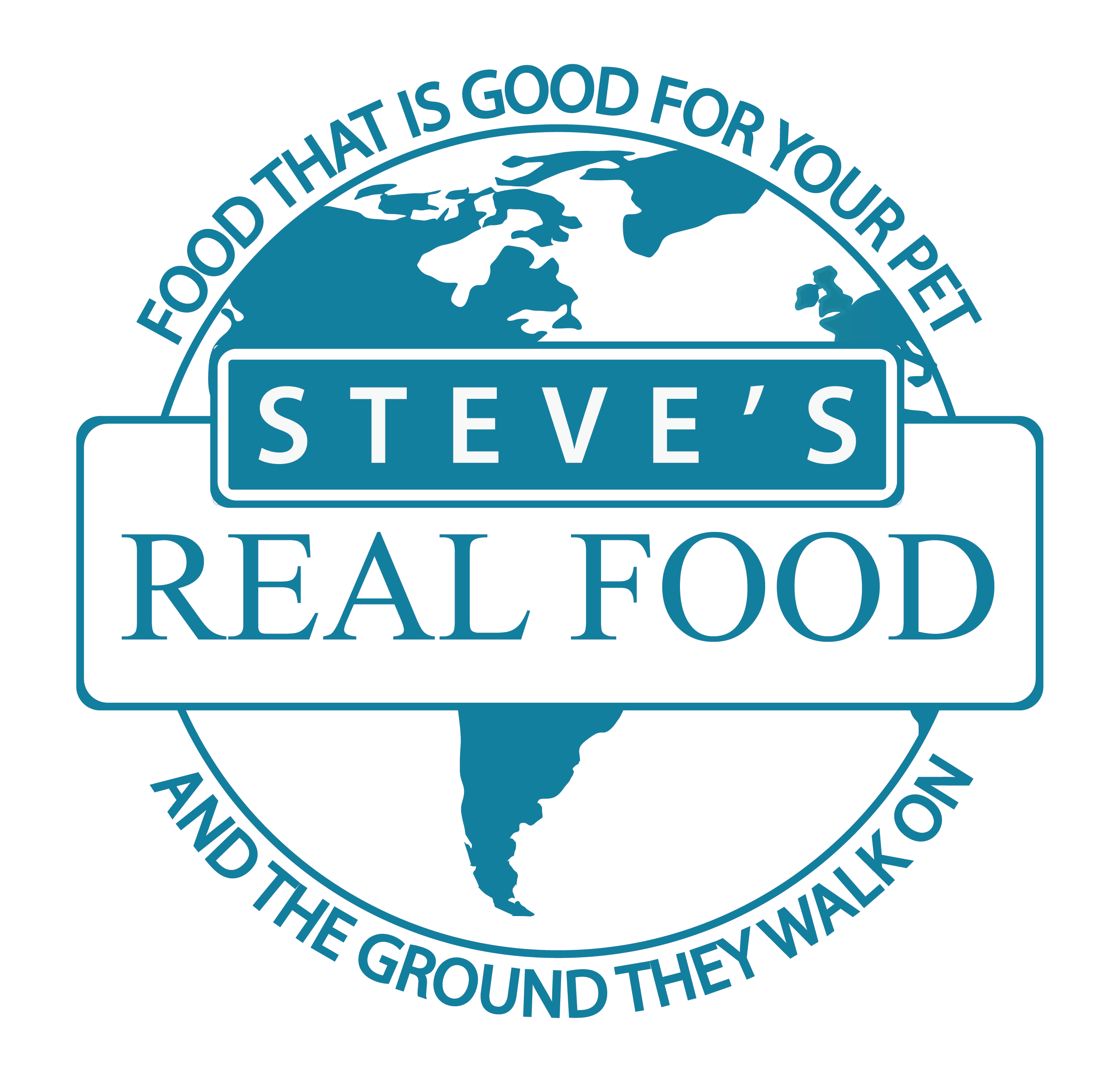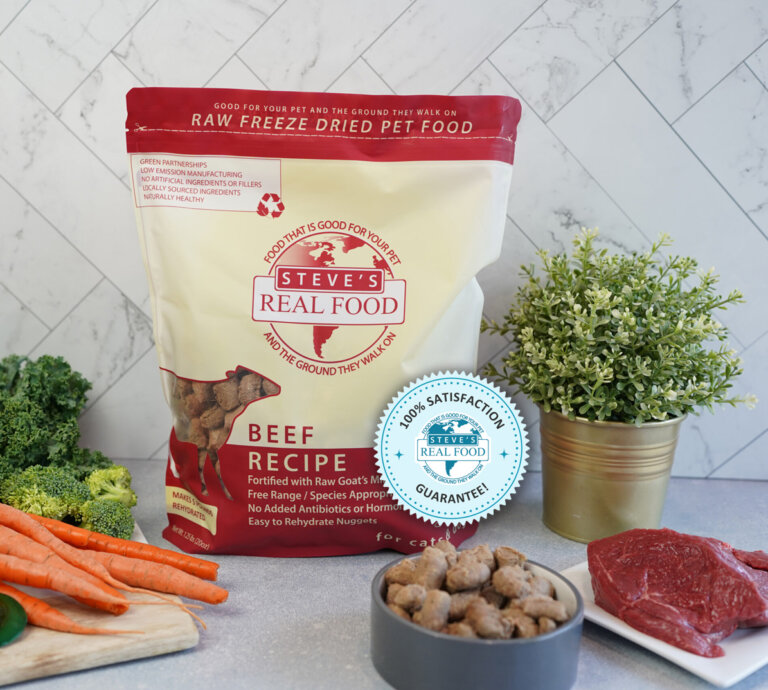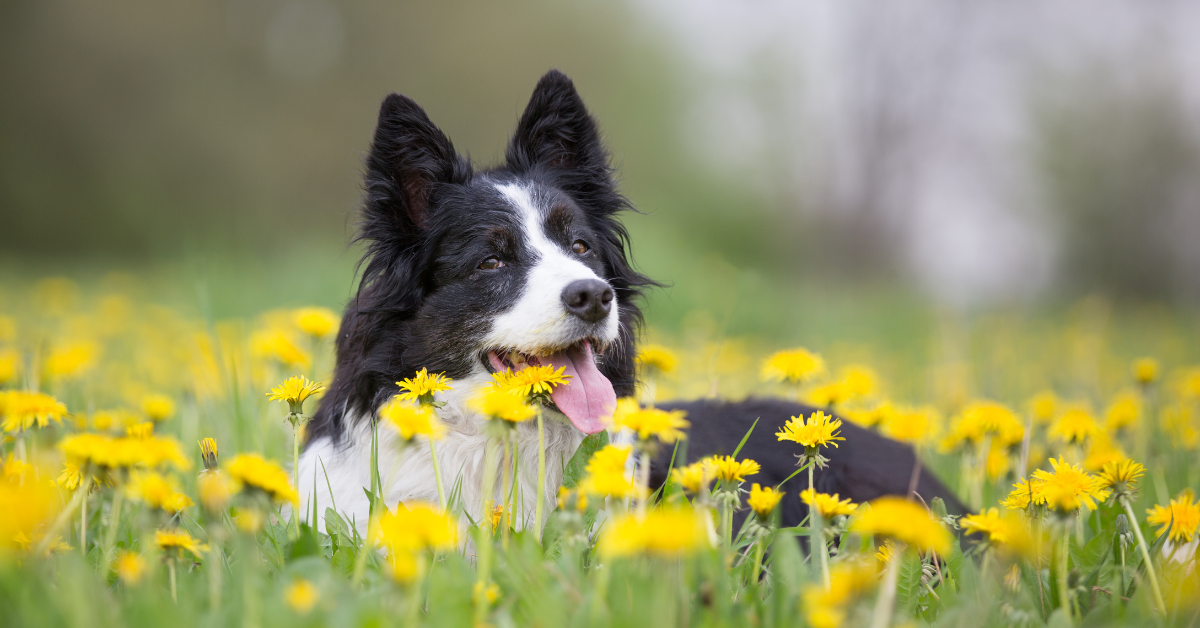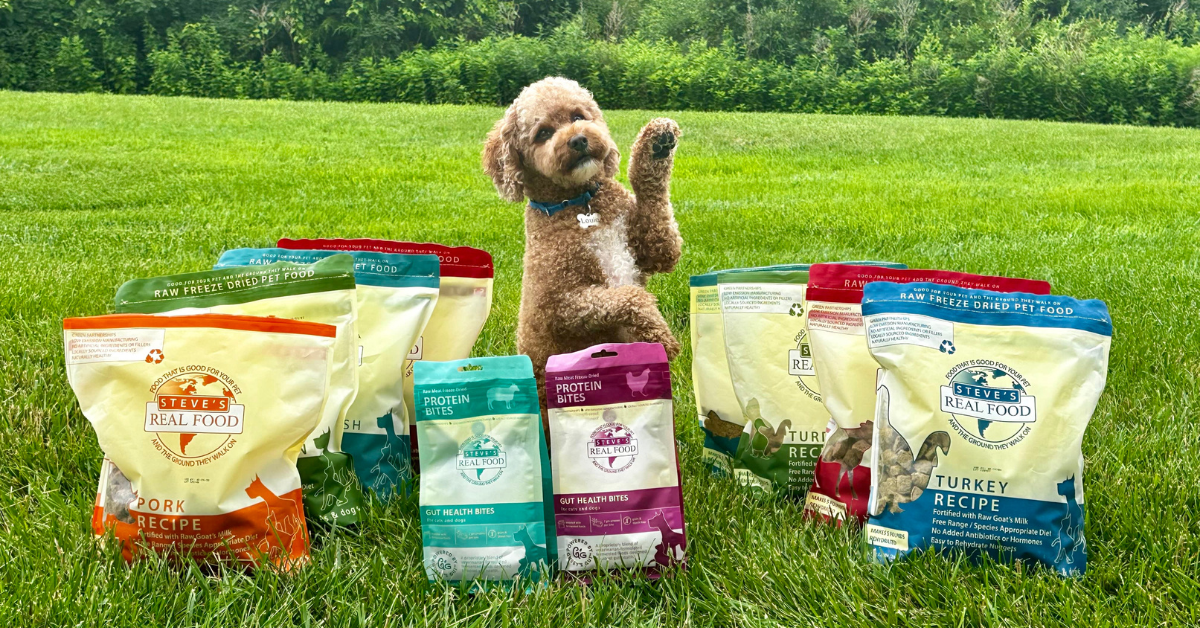Just like people, dogs and cats can have seasonal allergies. Their symptoms often appear in subtle ways. At Steve’s Real Food, we believe that healthy food lays the foundation for total pet wellness, so let’s talk about how you can help your furry friend feel their best when allergy season hits.
Do Dogs Get Allergies?
Yes, dogs can absolutely suffer from seasonal allergies. If your pup starts licking their paws like it’s a full-time job or scratching their belly raw every spring or fall, it’s likely a seasonal allergic reaction. What they react to—and when—depends on their environment.
Dog Allergy Symptoms to Look For
Unlike humans, who mostly experience watery eyes and runny noses, dogs and cats typically suffer from allergies through their skin. That means itchy, inflamed, and sometimes even infected areas. If your pet is struggling with allergies, you might notice some of these common symptoms:
- Nonstop scratching or biting at their skin
- Red or irritated skin
- Excessive shedding (more than the usual fur tumbleweeds!)
- Compulsive paw licking
- Butt scooting or licking around the rear end
- Chronic ear infections (especially in floppy-eared dogs)
Some dogs even develop thickened, dark skin in irritated areas over time. And if you spot your pet constantly pawing at their ears or shaking their head, that could be a sign of itchy, inflamed ears.
Why Does Allergy Season Hit So Hard?
Pets with seasonal allergies have hypersensitive immune systems. When these pets come into contact with typically harmless things, like pollen, their immune systems overreact to the ‘invaders,’ resulting in any number of symptoms.
These are the most common culprits:
- Grass pollen
- Tree pollen
- Weed pollen
- Molds and yeasts
- Dust mites
Depending on your location and local climate, allergy season could stretch from early spring into late fall. For most dogs, spring and fall are the worst offenders.
Diagnosing Seasonal Allergies in Pets
Unfortunately, there’s no single test for seasonal allergies. There are options for environmental allergy treatments, but your vet may diagnose based on patterns: if symptoms crop up around the same time every year and other causes like fleas, mites, or food allergies have been ruled out, seasonal allergies are usually the culprit.
How to Help a Dog with Allergies
The good news? You’ve got options. While there’s no cure for allergies, there are plenty of ways to soothe your pet’s symptoms and help them get back to their happy, healthy self.
Try a Natural Antihistamine
When it comes to soothing dog allergies, many pet parents are looking for more natural solutions. One standout is quercetin, often called “Nature’s Benadryl.”
Quercetin is a plant-based flavonoid found in many fruits and vegetables like apples, berries, and broccoli. It’s known for its powerful antioxidant and anti-inflammatory properties, and studies have shown it can help reduce the release of histamines in the body, meaning less itching, redness, and swelling for your pup.
Because it’s naturally derived, quercetin may be a gentler alternative for dogs who don’t tolerate medications well or those who need extra support during allergy season. It’s especially effective when paired with bromelain (an enzyme from pineapple), which enhances absorption and provides additional anti-inflammatory benefits.
Manage Allergens on the Outside
If your dog is allergic to something in the environment, it makes sense to reduce their exposure to it as much as possible:
- Wipe down paws and coat with a damp cloth after every walk to remove lingering pollen.
- Don’t over-bathe! Using soap will strip the skin and coat of its natural oils and disrupt the skin microbiome. Instead, rinse your dog with plain water or a soothing homemade rinse like chamomile or green tea.
- Try natural anti-itch sprays or creams, but ensure they’re only formulated for pets. No human products!
- Use hypoallergenic grooming wipes for in-between-bath days.
Fatty Acids to the Rescue
Omega-3 fatty acids can help reduce inflammation and support skin health. Many vets recommend adding a fish oil supplement to your pet’s diet during allergy season. As an added bonus, it’ll give their coat a gorgeous shine. We include salmon oil, chia seeds, and flaxseeds in our raw food for natural sources of omega-3s.
Flea and Tick Prevention
Fleas make allergy symptoms so much worse. If your dog’s already dealing with itchy skin, a flea infestation can push them over the edge. Make sure you have a safe, natural flea prevention protocol in place.
The Role of Nutrition
While diet won’t cure allergies, it can support your pet’s immune system and help them fight inflammation. Feeding a raw diet gives your pet real, whole foods that work with their body, not against it.
Raw food is rich in:
- High-quality protein to support healing and tissue repair
- Omega fatty acids that nourish the skin and coat
- Antioxidant-rich fruits and vegetables that help defend against allergens
- Naturally occurring enzymes that aid digestion and support the immune system
You may notice fewer allergy flare-ups after switching to raw. This is likely because raw diets are free from artificial additives, fillers, and allergens found in many commercial kibbles, making it easier for the body to stay balanced during stressful times, like allergy season.
At Steve’s Real Food, we believe clean nutrition is the foundation of health. When your pet’s immune system is supported and inflammation is reduced, they’re better equipped to face seasonal triggers head-on.
When to Contact Your Vet
If your dog’s allergies seem severe, don’t wait it out. Excessive itching can lead to skin infections, hot spots, and severe discomfort..
And if you’re unsure whether your pet’s symptoms are allergies or something else (like fleas or mites), a professional diagnosis is key.
Give Your Pet the Allergy Relief They Deserve
Allergy season can be rough on everyone, but it is especially hard on our pets, who can’t tell us how uncomfortable they feel. With the right mix of care, awareness, and supportive nutrition, you can help your dog or cat breathe easier, scratch less, and feel a whole lot better.
At Steve’s Real Food, we believe your pet deserves the best. If you’re looking for a natural way to support your pet’s skin and immune health, try our raw food! Use our Store Locator to find a store near you. Let’s help your pet feel amazing, every season of the year.
 Beef
Beef Chicken
Chicken Whitefish
Whitefish Pork
Pork Lamb
Lamb Turkey
Turkey Turducken
Turducken All Protein
All Protein Beef
Beef Chicken
Chicken White Fish
White Fish Pork
Pork Lamb
Lamb Turkey
Turkey Duck
Duck All Products
All Products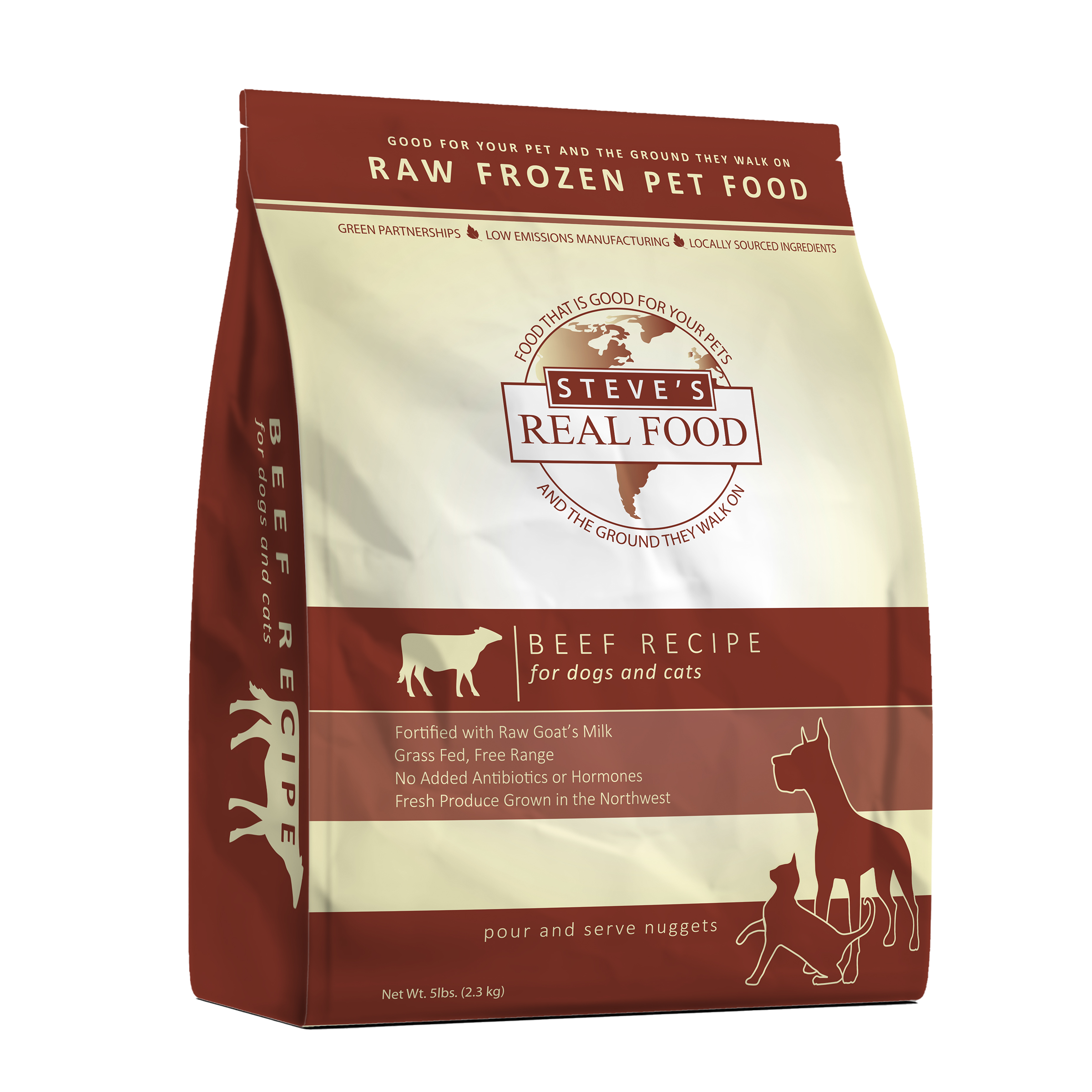 Frozen Raw Pet Food
Frozen Raw Pet Food
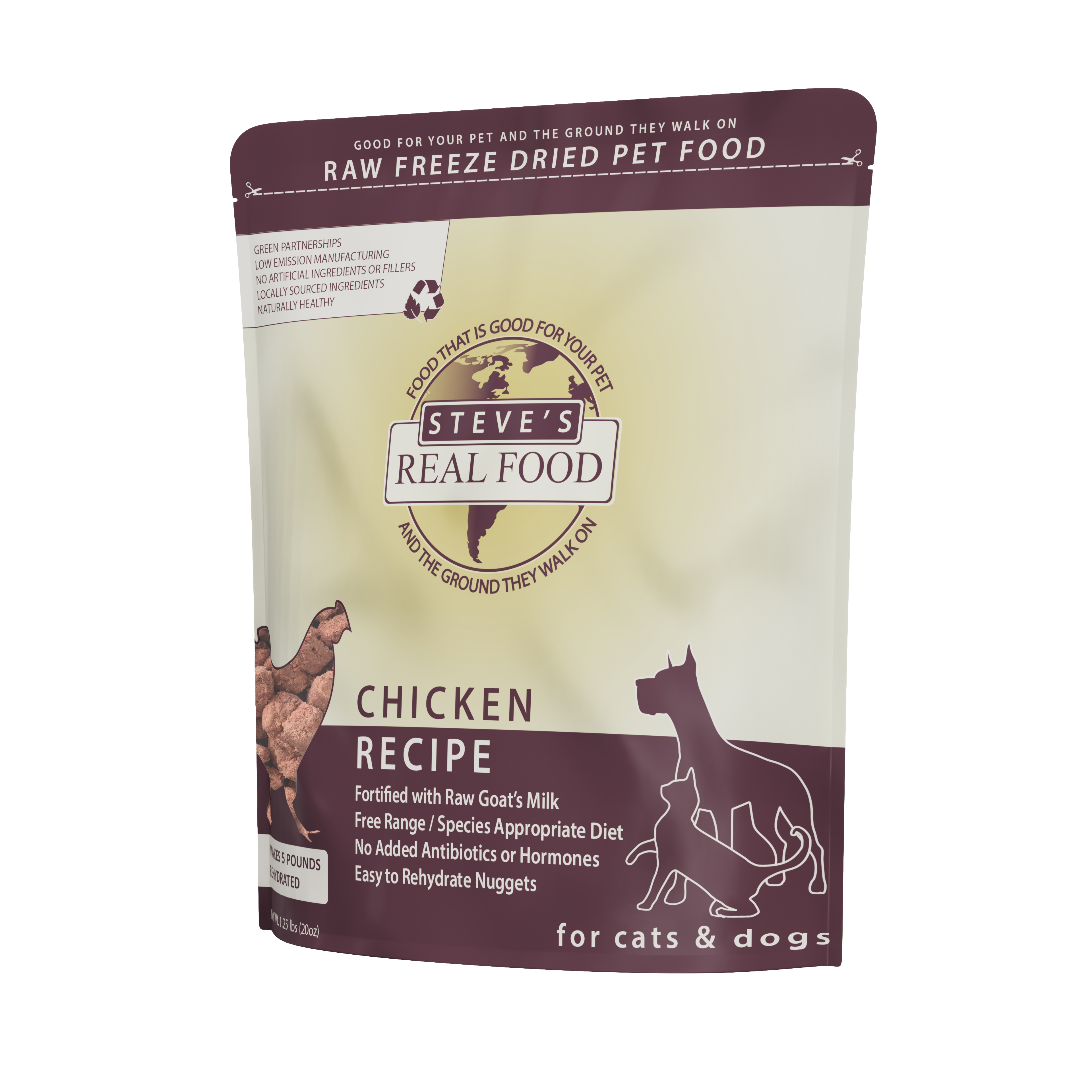 Freeze Dried Raw Pet Food
Freeze Dried Raw Pet Food
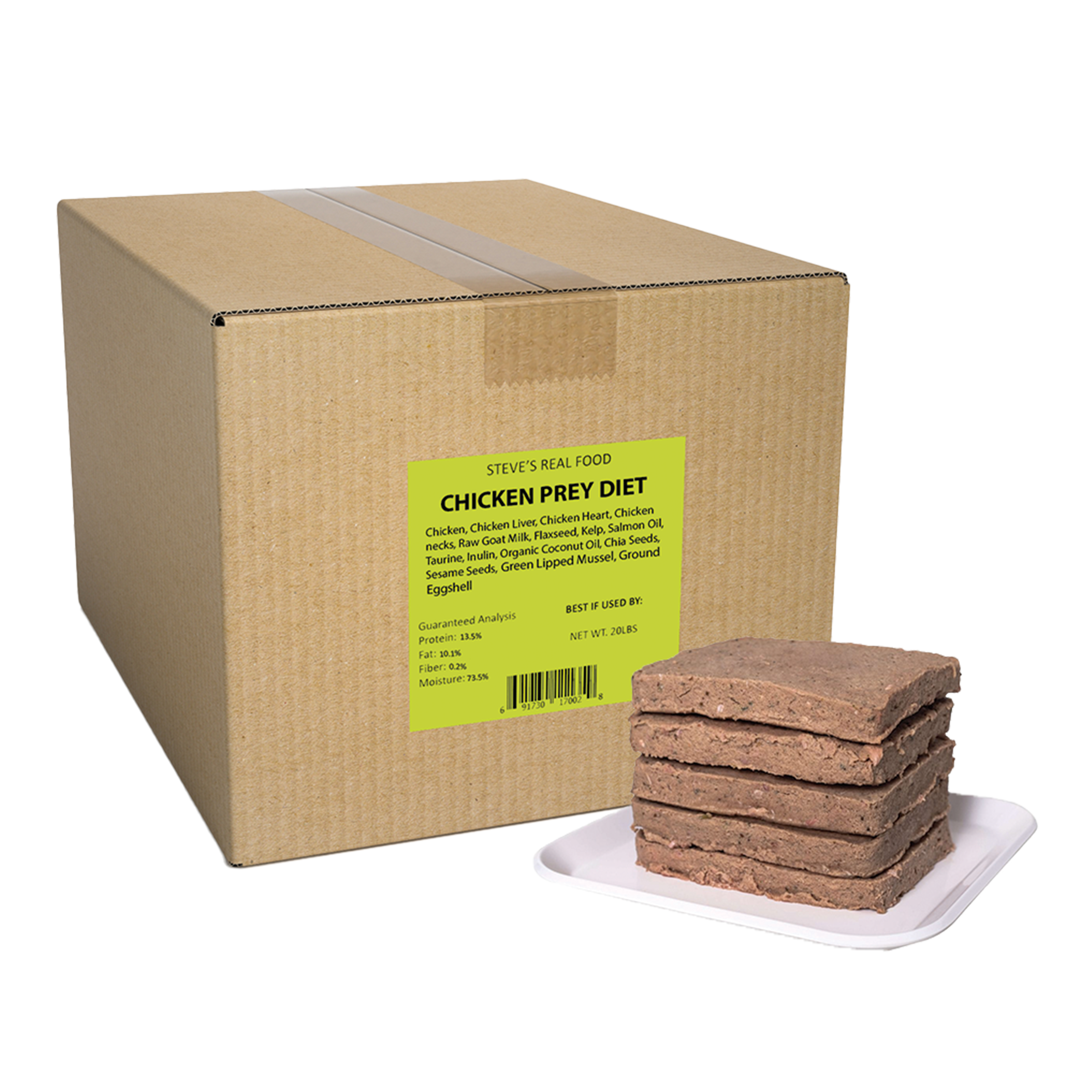 Frozen Prey Diet
Frozen Prey Diet
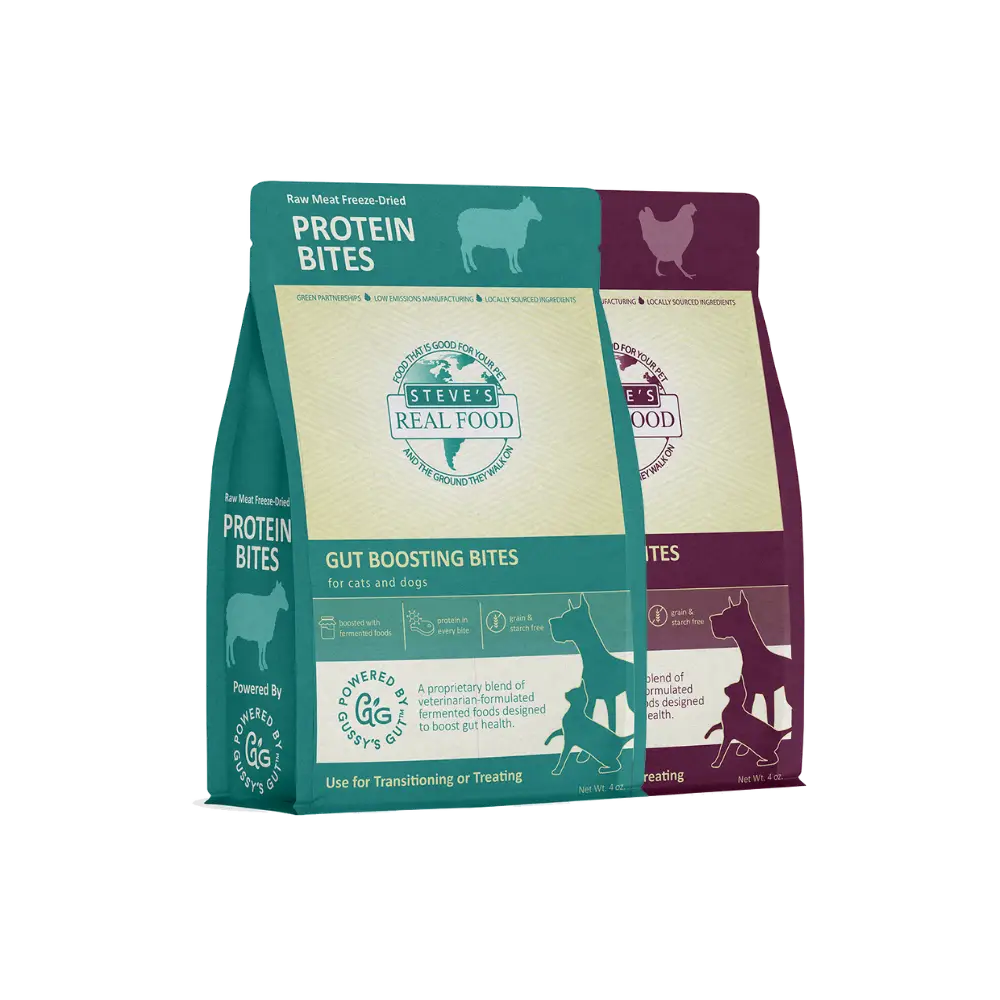 Freeze Dried Protein Bites
Freeze Dried Protein Bites
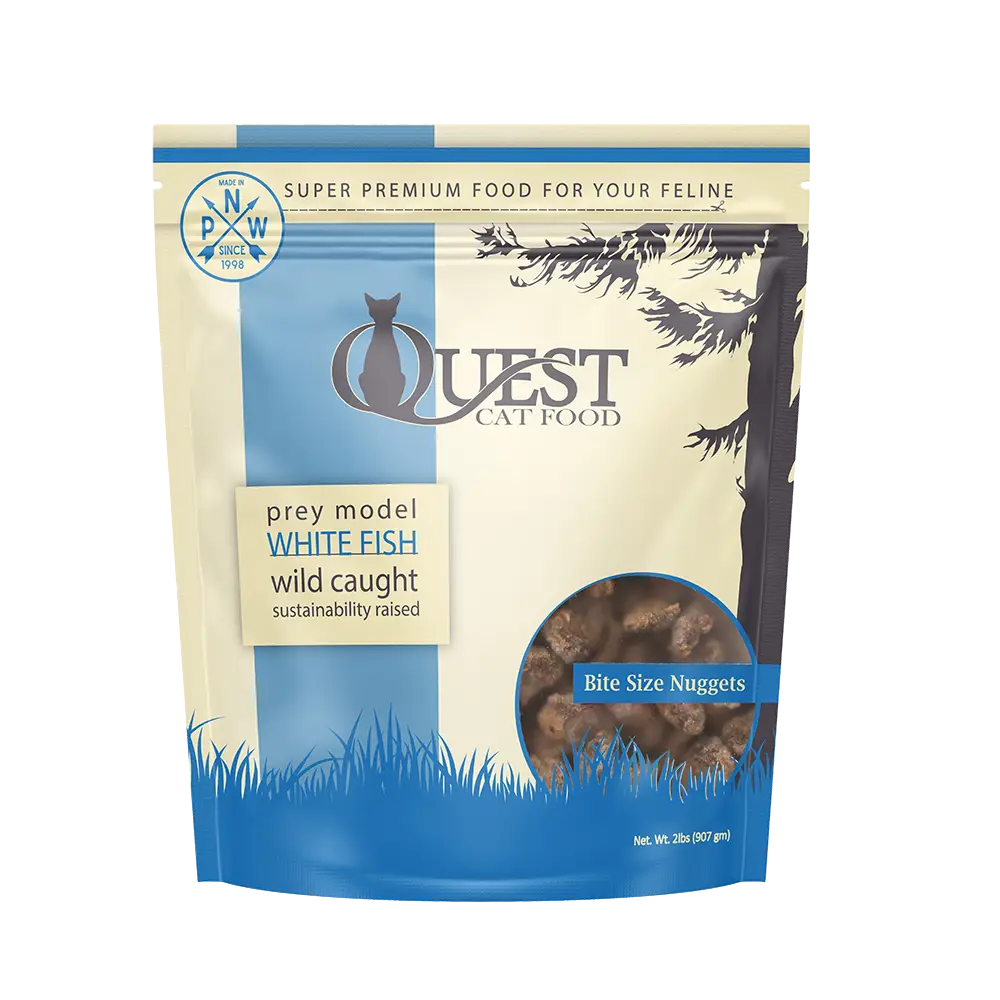 Frozen Quest
Frozen Quest
 Freeze Dried Quest
Freeze Dried Quest
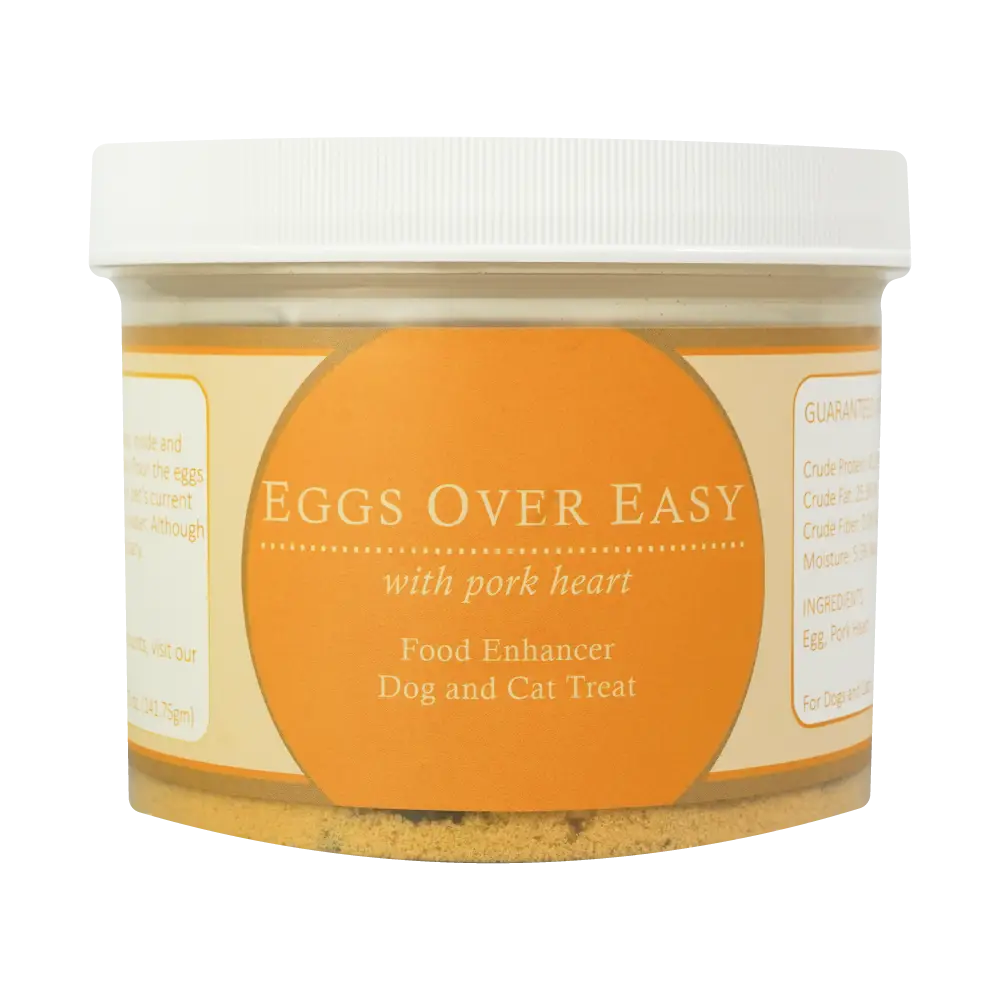 Eggs over Easy
Eggs over Easy
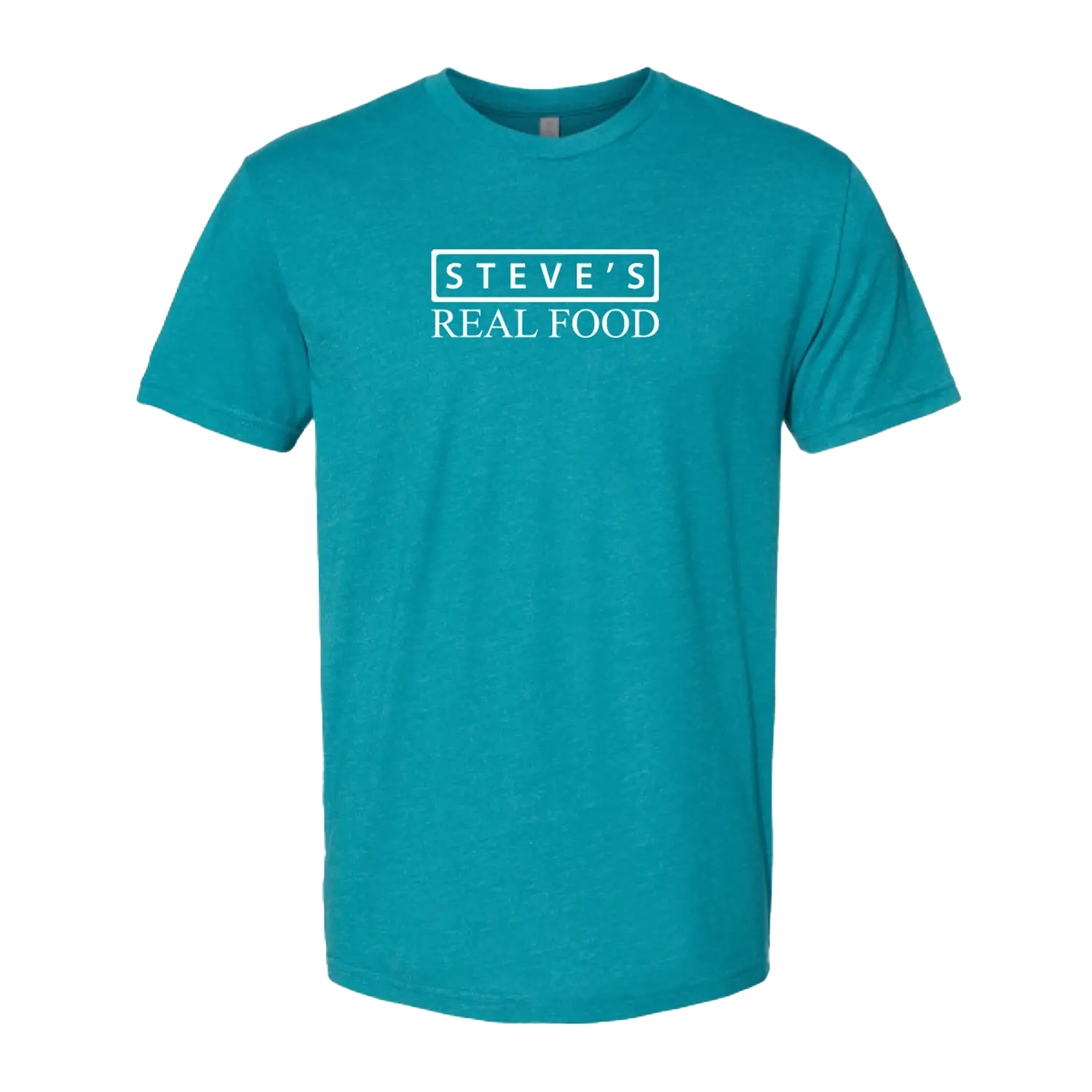 Steve's Merch
Steve's Merch 